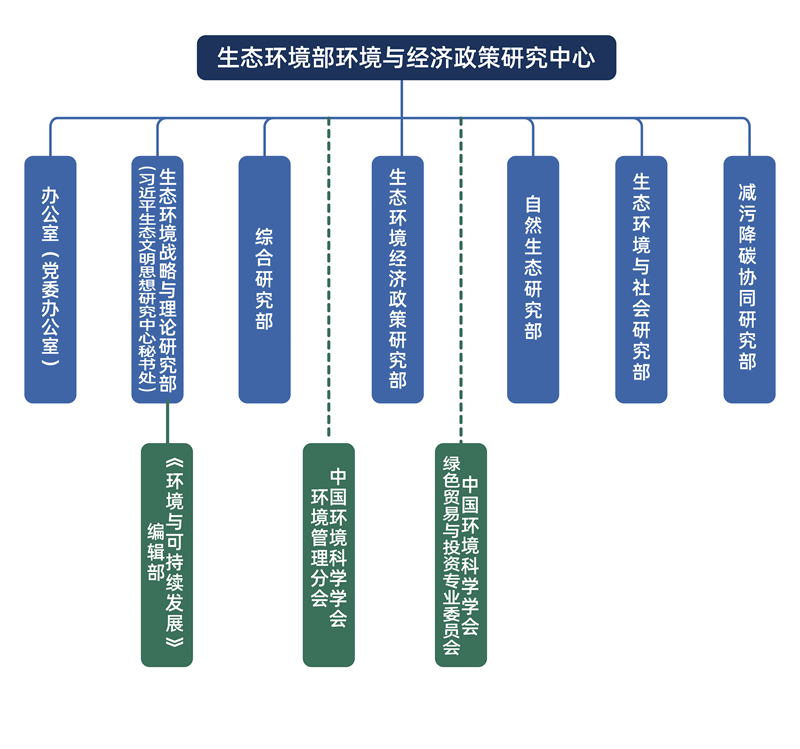Abstract:The efforts to management agricultural non-point source pollution from the field to watershed scale is an ongoing challenge that needs to take into account trade-offs between environmental and economic objectives. Best management measures (BMPs) are considered as an effective means to achieve this balance in the management of agricultural non-point source pollution. Many studies have focused on a single spatial scale for placement of the BMPs, however, the effectiveness in improving water quality at different scale will affect by many factors such as the land use, soil type and the river network and so on. In order to demonstrating the relationship or impact of spatial scale changes on the allocation and effectiveness of BMPs. The present study attempts to development a novel multi-scale model framework and indices as a decision support platform for solve the impact of spatial scale change on the optimization of best management measures in the Chaohe River Watershed in Beijing and Hebei province. And used it in a drinking water source area which was affected by the agricultural nonpoint source pollution in recent decades in Beijing, China. A series of the utility functional between the utility of the water quality improvement and the number of watersheds, watershed size, the unit cost of BMPs and integrated these three functional relations by Generalized Reduced Gradient Algorithm. We found that the nonlinear threshold response function can play a key role in the configuration of BMPs from field to watershed scale. The results show that 1) the utility functions for pollution load reduction and the number of watersheds can be described by the log-sigmoid curve, and the optimal number of watershed for total nitrogen (TN) and total phosphorus (TP) control are 25 and 23 respectively, 2) the most utility function for the pollution load reduction and the mean sub-watershed area is exponential function curves, and the optimal mean sub-watershed areas are168 km2 and 214 km2 for TN and TP, respectively, 3) the relationship between pollution load reduction and cost of per unit after BMPs implemented can be drawing by the logistic curves, and the optimal average unit cost are 4622 and 7692 CNY$ha1 for TN and TP, respectively, 4) the comprehensive optimal of these above functions shown that the total cost of BMP plans is 2.01 107 and 4.7 107 CNY for TN and TP, respectively at the trad-offs scenario. This study will provide a systematic approach to determine more reasonable and feasible management practices system on more reasonable spatial scale for the protection of water quality and safety in watershed.









